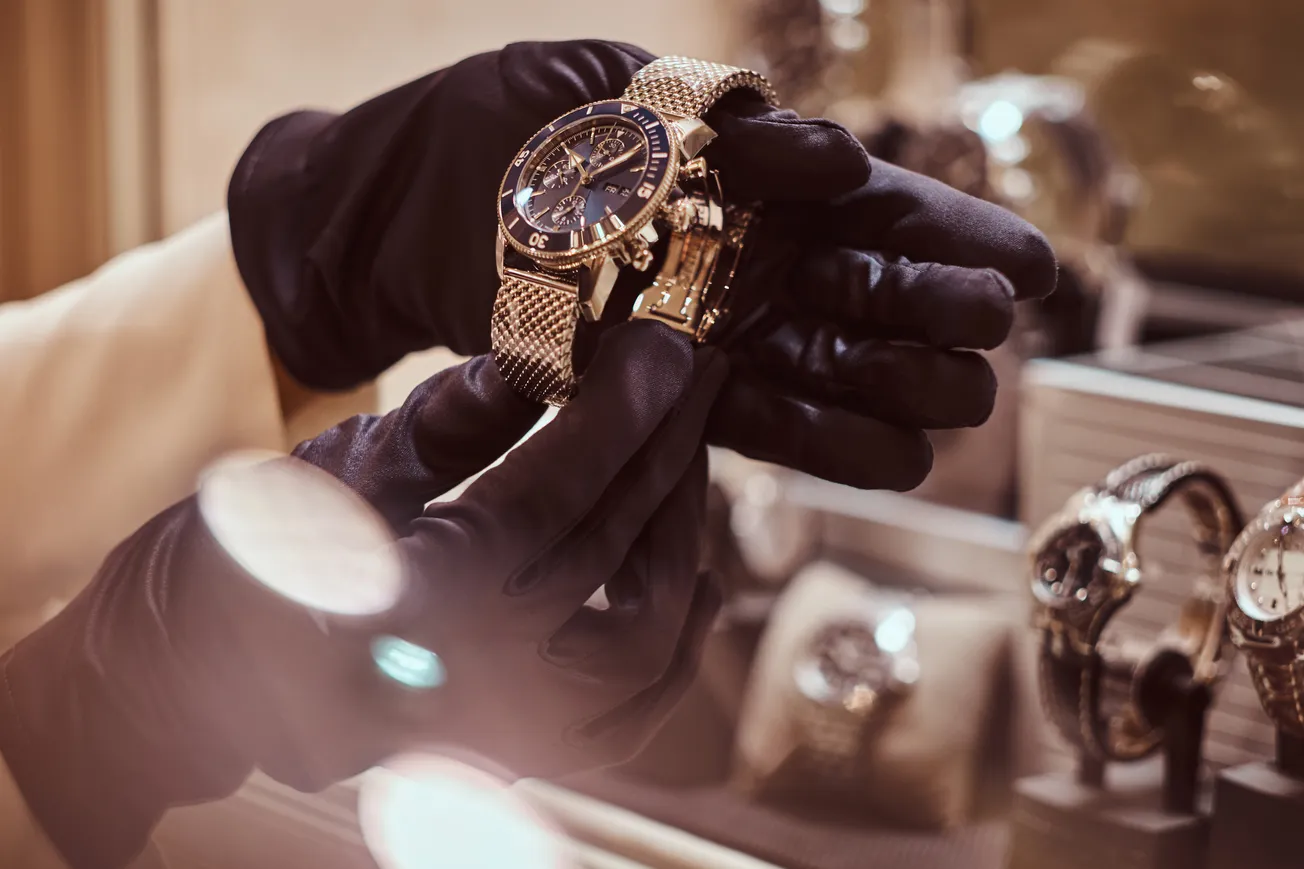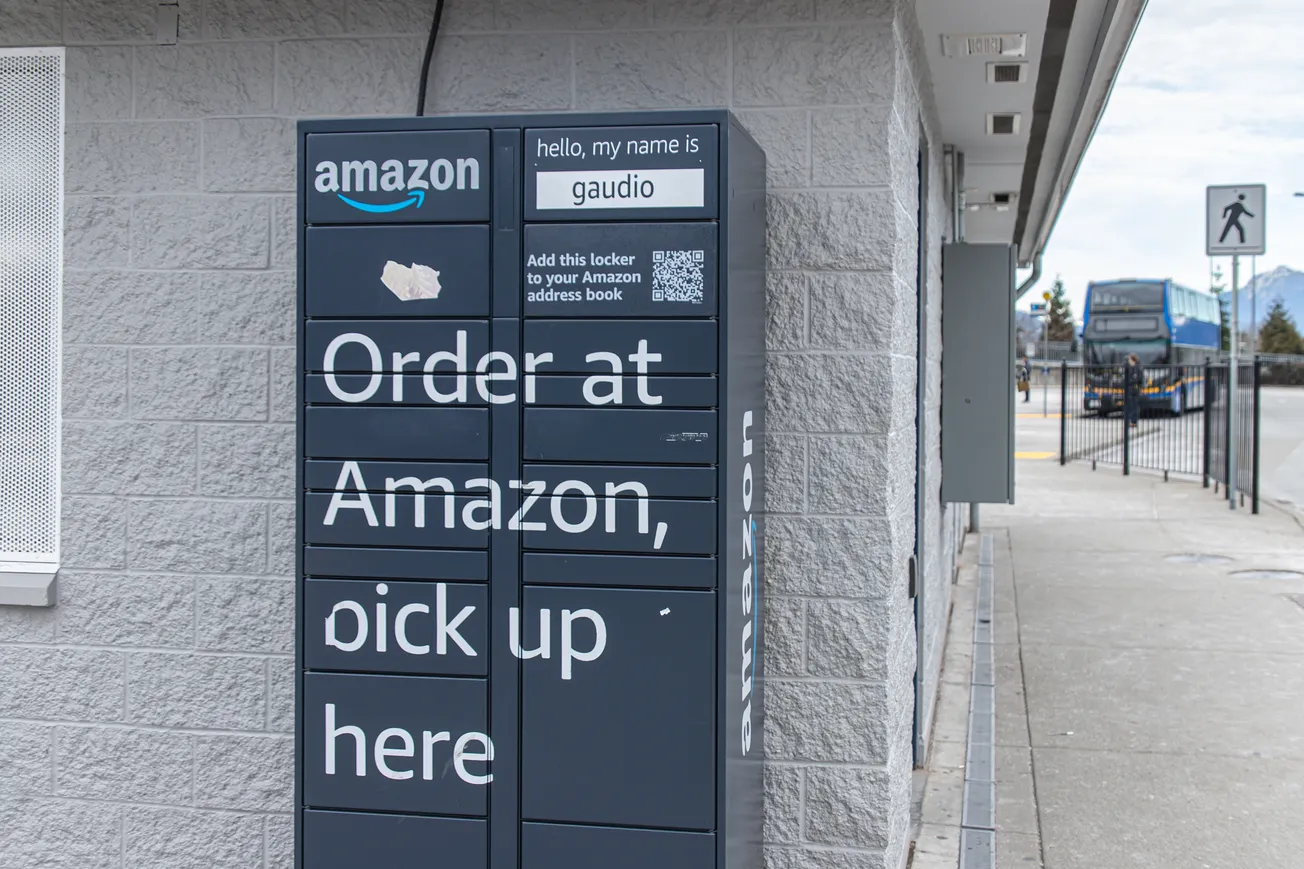Once synonymous with exclusivity and long-standing brand allegiance, the sector is now experiencing a profound shift driven by declining consumer loyalty.
Amid economic headwinds, changing generational preferences, and the rise of digital commerce, traditional high-end brands are being forced to reassess how they attract, engage, and retain customers.
Luxury Sales Take a Hit as Brand Allegiance Wanes
Recent earnings reports from major players in the luxury space reveal the tangible impact of eroding loyalty.
Gucci, one of Kering’s flagship labels, saw a 25% decline in quarterly sales as of Q1 2025, contributing to a 14% drop in revenue for the parent company. Similarly, LVMH—home to Louis Vuitton and Dior—reported a 5% year-over-year decline in its fashion and leather goods division, traditionally its most resilient segment.
These figures underscore a broader trend: even established luxury brands are losing ground as customers increasingly shop outside their traditional allegiances. Market share erosion is no longer confined to mid-tier brands. The top end of the luxury spectrum is now at risk.
Economic Uncertainty Influencing Consumer Behavior
The global macroeconomic environment is playing a central role in reshaping luxury consumption. Inflation, geopolitical instability, and interest rate hikes have triggered greater financial caution among both middle-class aspirants and affluent consumers.
A study by EY found a growing number of buyers now prioritize value over heritage, suggesting that brand name alone is no longer sufficient to command loyalty.
This reevaluation of spending habits is leading consumers to seek alternatives that provide perceived value—whether through competitive pricing, resale markets, or a brand’s alignment with personal values.
Generational Shifts Redefining Luxury
Millennials and Generation Z are now the most influential demographics in the luxury market. Their values differ markedly from those of previous generations. These consumers are less motivated by status and more focused on sustainability, inclusivity, and authenticity.
Surveys and consumer behavior reports indicate that Gen Z, in particular, is inclined toward brands that offer transparency in sourcing and production. Their purchasing decisions are frequently influenced by environmental concerns and ethical practices.
Unlike the Baby Boomer and Gen X generations—who built strong emotional attachments to select luxury labels—young consumers are more experimental and less brand-committed.
Digital Commerce Dismantling Exclusivity
The luxury sector has historically relied on exclusivity, but the rise of digital commerce has disrupted this paradigm.
E-commerce platforms, social media, and resale websites have made luxury goods more accessible than ever before. Consumers now interact with brands via online touchpoints before they ever enter a boutique, if they do at all.
Digital-first luxury platforms such as The RealReal and Vestiaire Collective have normalized second-hand shopping and undercut the exclusivity of traditional luxury. Meanwhile, brands without strong digital strategies are increasingly sidelined in favor of digitally agile competitors.
Luxury Brands Turn to Personalization and Engagement
In an effort to rebuild loyalty, brands are doubling down on personalization. By leveraging data analytics and AI tools, companies are now crafting hyper-targeted experiences for high-value customers. Personalized communications, VIP event invitations, and curated product recommendations are now standard among top-tier brands.
For example, luxury retailers such as Louis Vuitton and Neiman Marcus are investing in AI-driven personal shopping services that anticipate customer needs and suggest curated wardrobes based on past purchases. Research from consultancy BSPK shows these personalized approaches significantly improve customer retention and satisfaction.
Social Media and Influencer-Driven Marketing Gain Prominence
With social media now serving as a primary discovery tool for younger consumers, luxury brands are embracing platforms like TikTok and Instagram to shape brand narratives and drive sales. White Fox, an Australian fast fashion brand, has captured Gen Z through viral marketing strategies and a peer-based ambassador program called “White Fox University.”
This digital community-building approach reflects a broader trend in luxury retail—creating aspirational experiences that connect with younger audiences without relying solely on legacy or tradition.
Expanding Product Accessibility Without Diluting Prestige
To attract a wider audience, many luxury houses are launching accessible product lines that maintain brand integrity while appealing to entry-level consumers. Fragrances, cosmetics, and small leather goods are increasingly used as "gateway products" to bring new shoppers into the brand ecosystem.
Brands such as Hermès and Gucci have leveraged this approach effectively. Hermès’ silk scarves and fragrances provide an attainable entry point, while Gucci’s beauty division targets younger consumers with a focus on inclusivity and trend-driven campaigns.
Mergers and Restructuring Signal Strategic Shifts
Luxury retailers are also pursuing mergers and structural realignments to navigate the changing landscape.
In early 2025, Mytheresa acquired Yoox Net-a-Porter and created a new entity called LuxExperience. The goal is to segment the consumer base more effectively, separate full-price and off-price offerings, and streamline logistics and marketing under a unified digital infrastructure.
This acquisition is emblematic of the industry’s move toward consolidation and operational efficiency in a time of increased competition and rapidly evolving customer expectations.
Recommendations for Long-Term Resilience
To succeed in this new retail era, luxury brands must adjust their strategies to align with the values and behaviors of today’s consumers. Key focus areas include:
- Investing in advanced personalization technologies that allow for tailored customer journeys.
- Expanding social and community engagement, particularly through influencers and brand ambassadors.
- Emphasizing sustainability and ethical practices to win over value-driven buyers.
- Diversifying product offerings to include both accessible and premium-tier goods.
- Maintaining exclusivity through limited editions and curated brand experiences, even in digital spaces.
Conclusion: The New Rules of Luxury Loyalty
The decline in traditional brand loyalty is not a death knell for the luxury sector—it is a transformation. Consumers are no longer loyal by default; they demand relevance, purpose, and engagement. For legacy brands, the task ahead is clear: adapt or risk obsolescence.
Luxury retailers that embrace this evolution—by aligning with modern values, investing in technology, and reimagining customer relationships—stand to gain not only renewed loyalty but long-term market leadership in a reshaped retail world.







